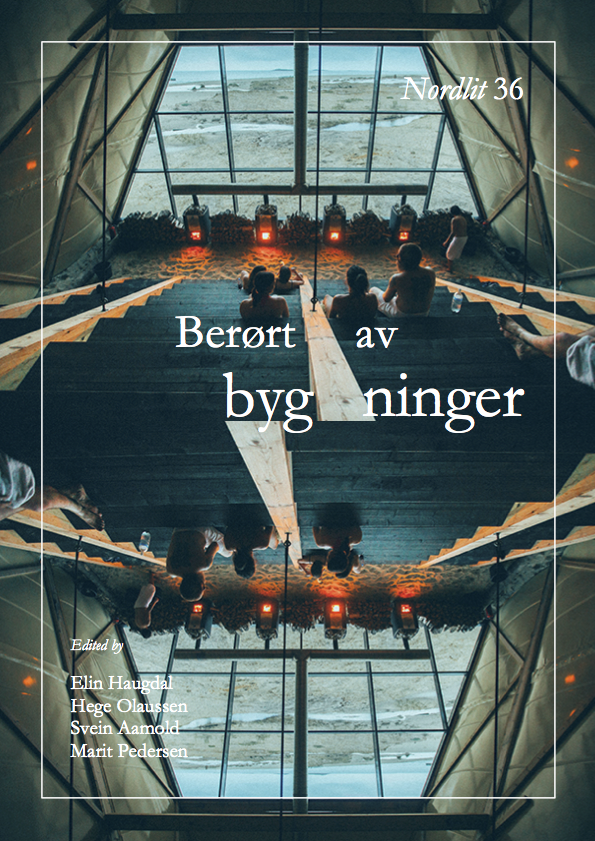Byer i Nord-Norge: Perspektiver på byplanlegging på 1800-tallet
DOI:
https://doi.org/10.7557/13.3685Keywords:
bebyggelsesmønster, byplanlegging, byplan, 1800-tallet, Nord-Norge, modernisering, selvgrodd, organisk, kvartalsstrukturAbstract
Vardø, Hammerfest, Tromsø, Bodø and Vadsø in the northern part of Norway were formally established as towns in the period 1789-1833. They grew from settlements of less than a hundred inhabitants to towns of several thousand around 1900, developing through processes of “self-growth” as well as organised planning.
The self-grown town is often described as an independent organism, formed “naturally” and functionally, but what kind of functionality, and for whom? By the end of the 18th century, the primary function of the towns was trade: Efficient harbours, goods imported and exported, merchandise in stock and warehouses. A customs house was quickly built by the government. In addition to such material essentials, it was necessary to maintain and stabilise the social hierarchies. Last but not least, there was a need for cultural continuity across generations. Depending on various traditions and impulses, a form of planning was developed which could be either organic or classical or both.
The aims and purposes of those who created the towns in the first part of the 19th century could be numerous, but this was seldom verbalized and not taken to be an object of formal theorizing. Opposed to this is the process leading to the first national Building Act of 1845. The state officials of the new, independent Norwegian nation were of the opinion that the self-grown towns did not function satisfactorily. To begin with, all the towns were different as they were developed locally. Secondly, they were not technically up to date concerning street width and the architectural tradition promoting fire safety and health improvements. Thirdly, the new and modern government required public places, not only half-private alleys and open backyards. The only accepted form of planning was the classical grid pattern with blocks, which in 1845 was the truly modern and nation building option.
Downloads
Published
How to Cite
Issue
Section
License
Forfattere som publiserer i dette tidsskriftet aksepterer følgende vilkår:
- Forfattere beholder copyright og gir tidsskriftet retten til første publisering samtidig som verket lisensieres med en Creative Commons Attribution 4.0 International lisens som tillater andre å dele verket, forutsatt at verkets forfatter og første publisering i tidsskriftet erkjennes.
- Forfattere kan inngå separate, ikke-eksklusive avtaler om annen distribusjon av tidsskriftets publiserte utgave av verket (f.eks. egenarkivering i et vitenarkiv eller publisering i en bok), så lenge førstepubliseringen i tidsskriftet erkjennes.
- Forfattere tillates og oppmuntres til å gjøre verket tilgjengelig på nettet (f.eks. i et vitenarkiv eller på andre nettsider) før og under innlevering, da dette kan lede til nyttige menings- og kunnskapsutvekslinger og til tidligere og mer sitering av det publiserte verket. (Se The Effect of Open Access).









